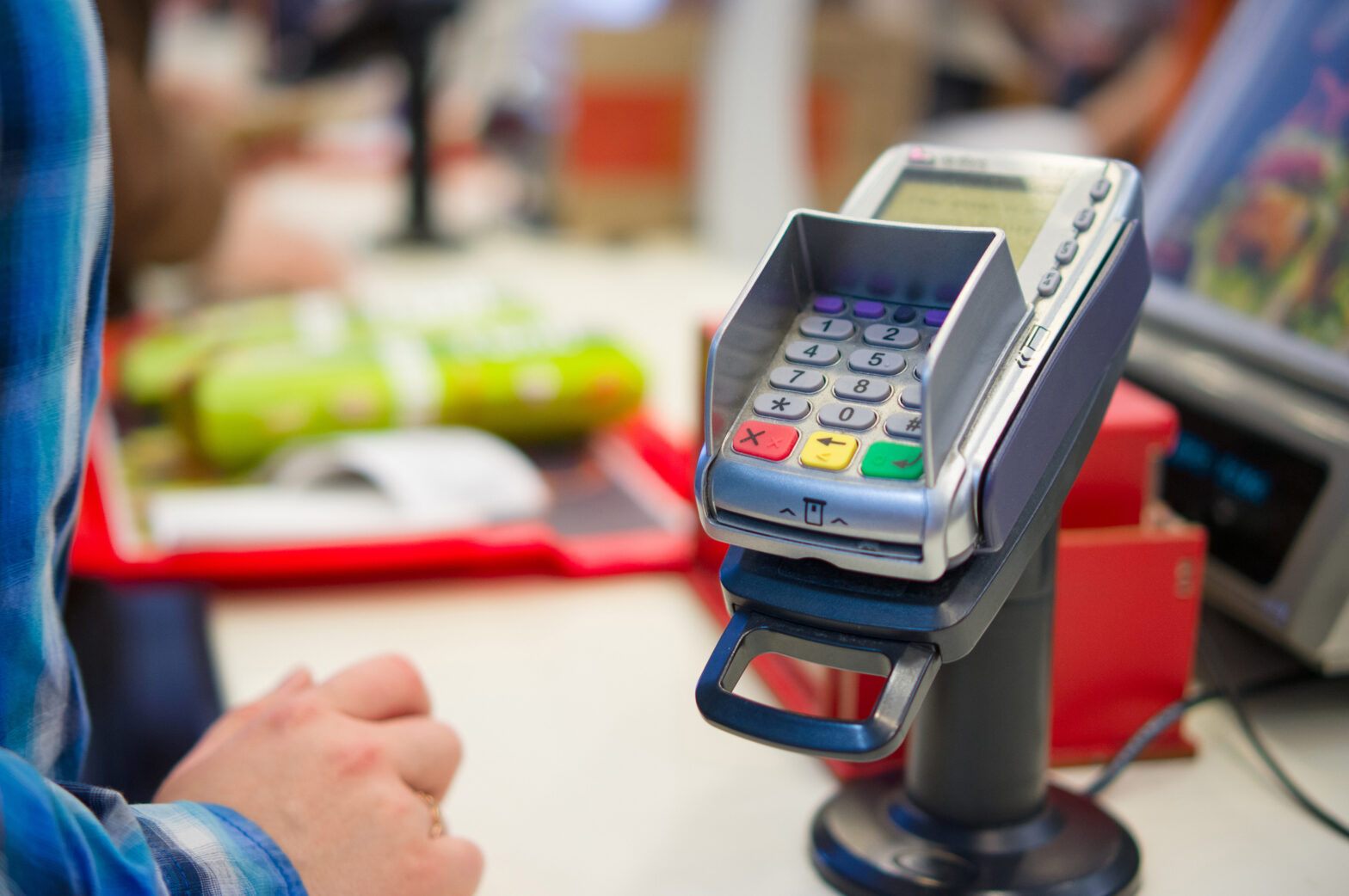Time-strapped consumers aren’t just craving chocolates and flowers this Valentine’s Day – they want the ability to pay by card, even when shopping with small businesses.
This is a great time of year to be talking about love. In fact, it’s a great time of year to be talking about love and money. The two go hand in hand during the build-up to Valentine’s Day; according to a UK Retail Occasions report, around half the UK will purchase some sort of gift for their other half before February 14th.
Paper beats plastic?
As a nation, we spend more than £1.3 billion on Valentine’s gifts, and send around 25 million cards. For many SMEs, it seems paper also wins above plastic when it comes to accepting payments in their stores.
In an age when payment by plastic has become second nature to consumers, it may come as a surprise to find that only 42 per cent of small businesses have the facilities to process credit or debit card transactions, according to a study by Barclaycard.
SMEs without chip and PIN terminals may not consider themselves large enough or busy enough to warrant adding card payment facilities, but the scope for increasing business by offering flexible payment options is considerable.
Just last week, The Payments Council predicted that contactless card payments will overtake cash as the UK’s preferred way to purchase goods, supported by UK Cards Association data outlining that transaction growth is outstripping spend. The message is clear: consumers want to pay by card, even for low-value transactions.
And should these shoppers visit a retailer who cannot process card payments, the ramifications are much bigger than merely forcing them to pay by cash; 52 per cent of UK consumers over 16 years of age claim they will switch to another retailer who is able to accept payments by credit or debit card.
As small business owner Andrew Leonard of Kenwick Park’s Courtyard restaurant notes, ‘Payment by card is becoming the way to pay – paying by cash is becoming obsolete.’
Winning consumers’ hearts
It’s tempting to look at payments facilities as a standalone consideration, but the truth is that checkout is part of a conjoined customer experience. In fact, as the last point of interaction with a shopper, and the point at which conversion is achieved, it could be considered the most important part.
The reality is that SMEs have to fight harder than larger rivals with greater resources and multiple sites to gain market share. Making customer service improvements to create bespoke, satisfying shopper experiences is fundamental to this success.
Giving consumers the option to pay using the most convenient method allows those shoppers to tailor the encounter to their situation, creating a pleasant experience that fits around their priorities. For example, a busy parent on the school run can grab a packet of sweets for their children without making them late for registration, or a new homeowner can put their furnishing purchases on a credit card to spread the outgoing cost across several months.
This applies beyond the confines of the store; an increasing number of SMEs are building businesses around the customer’s location – from hairdressers and plumbers to dog groomers and wedding ring salespeople – and mobile payment services can bring the ultimate convenience and personalisation to those encounters.
Sharing the love
It’s not just consumers whose experiences will be improved from the implementation of chip and PIN facilities, either. For small businesses, every sale counts, and processing a card payment is quicker on the whole than a cash-based transaction, particularly in the case of contactless ‘touch and go’ technology.
For store-based retailers, this is particularly beneficial during busy trading periods such as weekends or gifting events like Valentine’s Day or Christmas, as the shorter each customer encounter, the less likely queues are to form that could deter browsers from converting.
Meanwhile for SMEs that currently carry out a large volume of invoicing, introducing card facilities can increase the percentage of payments made up front – increasing cash flow and reducing paperwork.
Is it too late to capture their hearts?
If you’re a SME who doesn’t currently take card payments, don’t panic. The good news is that it has never been more affordable and less disruptive to deploy chip and PIN technology within small businesses.
What growing organisations do need to bear in mind, however, is how to manage the provision of card payment facilities within a restricted resource environment. For instance, while it is straightforward to train staff in the use of card machines, if for whatever reason those devices experience issues, it’s unlikely technical help will be available on-site.
Much of card payments success in the small business environment boils down to finding a retail merchant services provider that understands the specific needs of SMEs. For example, most firms rely on a single terminal for all transactions, which makes downtime due to technology issues incredibly costly.
Most major banks will simply process support requests in order of when they were logged, whereas independent SME card payment providers will prioritise critical cases to get small organisations back up and running with the technology they depend on as soon as possible.
With this level of support in place, SMEs are free to focus on what’s important – growing the business by increasing the love customers share for their brand.
Gareth Poppleton is managing director at Retail Merchant Services.





